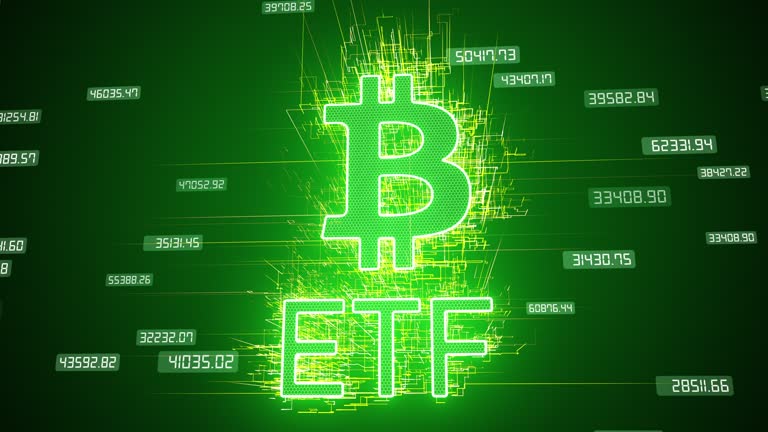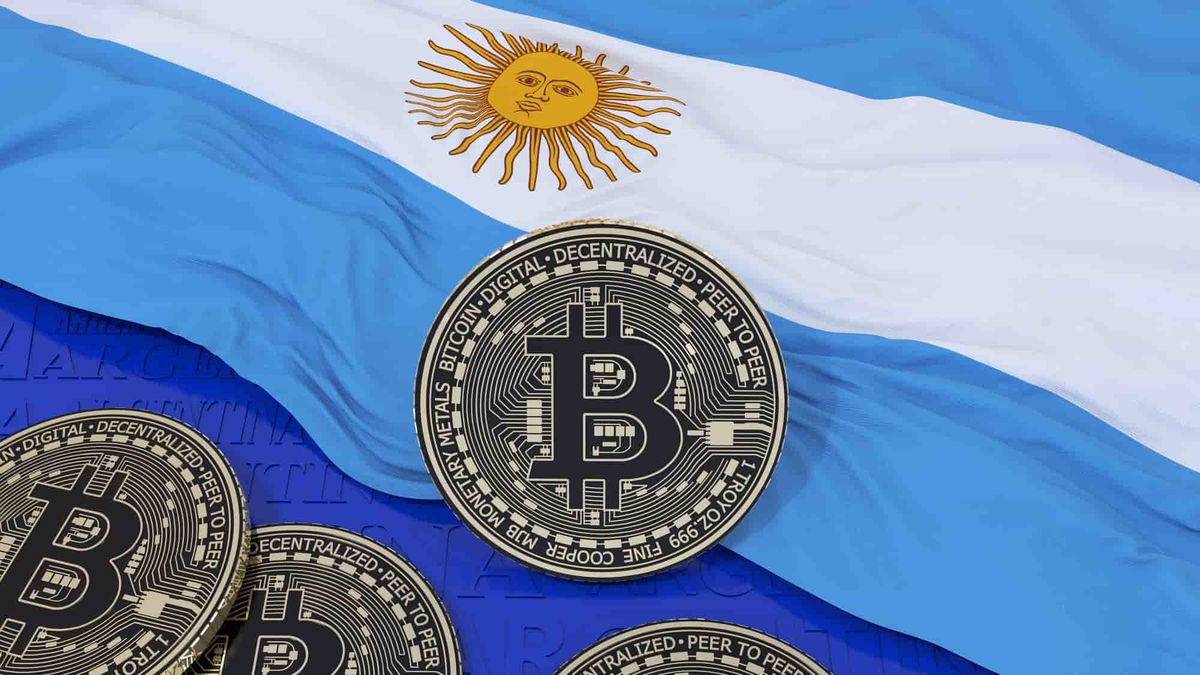Comparing Spot and Futures Crypto ETFs: Key Differences Explained

This year, the U.S. Securities and Exchange Commission approved 12 spot bitcoin ETFs and nine spot ether ETFs.
Spot ETFs directly hold the underlying cryptocurrency, such as bitcoin or ether, allowing investors to buy shares that reflect the asset’s live price without managing the digital assets themselves. These ETFs trade on major stock exchanges like Nasdaq and NYSE, offering liquidity and regulatory oversight. Examples include IBIT and GBTC for bitcoin, and ETHE and ETH for ether. In contrast, futures crypto ETFs invest in futures contracts, tracking the anticipated future price rather than the current market price. This can lead to discrepancies from the spot price due to factors like contract roll costs and market conditions.
Notable futures ETFs include BITO and BTF. Investors should choose between spot and futures ETFs based on their risk tolerance and investment goals, considering factors like custody issues and potential tracking errors.
Clever Robot News Desk 26th August 2024




